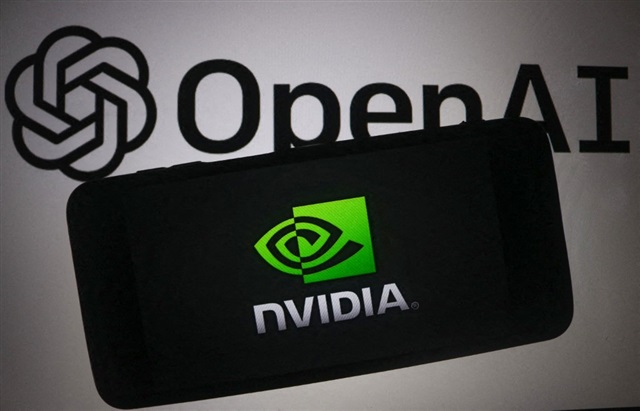New Stargate Facility Capable of Accommodating 400,000 Nvidia Chips

OpenAI’s Stargate Infrastructure Venture
OpenAI is embarking on an ambitious initiative known as the Stargate infrastructure project, which involves a substantial investment of $100 billion. This venture aims to revolutionize artificial intelligence capabilities by establishing a state-of-the-art data center complex in the United States. Here, we will explore the scale, technology, and importance of this initiative.
Size and Capacity of the Data Center
The centerpiece of the Stargate project is a vast data center complex designed to accommodate an impressive array of technology. This facility will have the capacity for up to 400,000 of Nvidia’s advanced AI chips. These chips are essential for handling complex machine learning processes and exponential amounts of data that AI applications require.
What Makes This Data Center Significant?
This potential deployment of Nvidia chips sets the Stargate data center apart as one of the largest known clusters globally. Such a massive array could vastly improve the efficiency and speed of AI computations, enabling more complex models and quicker training times.
The Role of Nvidia’s AI Chips
Nvidia chips are specifically tailored to handle AI workloads. They allow for parallel processing, which is crucial for training machine learning models effectively. Here’s why these chips are integral to the Stargate project:
- High Processing Power: Capable of performing millions of calculations simultaneously, Nvidia’s GPUs (Graphics Processing Units) can significantly accelerate AI processes.
- Energy Efficiency: These chips are designed to deliver maximum performance with reduced energy consumption, an essential factor for large-scale data centers.
- Scalability: The ability to scale the infrastructure easily allows OpenAI to adapt to new computing demands as AI technology evolves.
Strategic Importance of the Stargate Project
OpenAI’s Stargate project is not just about building a large data center; it’s about positioning itself as a leader in the AI field. Here are some strategic reasons why this endeavor is crucial:
Enhanced Research Capabilities: With unprecedented processing power, researchers at OpenAI will be able to push the boundaries of AI research, including deep learning, natural language processing, and robotics.
Collaboration Opportunities: Facilities of this scale will provide opportunities for collaboration with universities, research institutions, and industry partners, further advancing the field of artificial intelligence.
Competitive Edge: As one of the few organizations capable of operating such a vast array of AI chips, OpenAI may gain a significant edge over competitors in developing cutting-edge AI technologies.
- Addressing Global Challenges: With improved AI capabilities, OpenAI aims to tackle critical global challenges, from climate change to healthcare innovations, leveraging AI to create solutions that can potentially benefit society as a whole.
Future Prospects and Innovations
As OpenAI continues to develop the Stargate complex, many innovations are expected to emerge from this venture. The extensive resources it will provide can lead to breakthroughs in various sectors, including:
- Healthcare: AI can assist in developing new treatments and analyzing vast amounts of health data for improved patient care.
- Finance: Enhanced AI capabilities can lead to better analytics, risk management, and fraud detection solutions.
- Transportation: Innovation in autonomous vehicles and logistics will be accelerated through advanced AI systems.
Conclusion
OpenAI’s Stargate project represents a pivotal moment in the advancement of artificial intelligence. By focusing on developing a capable and expansive data center with the latest AI technology, OpenAI is set to redefine how AI is utilized across various sectors. The implications of this initiative go beyond engineering and technology; it heralds a new era of innovation that may significantly impact everyday life.






